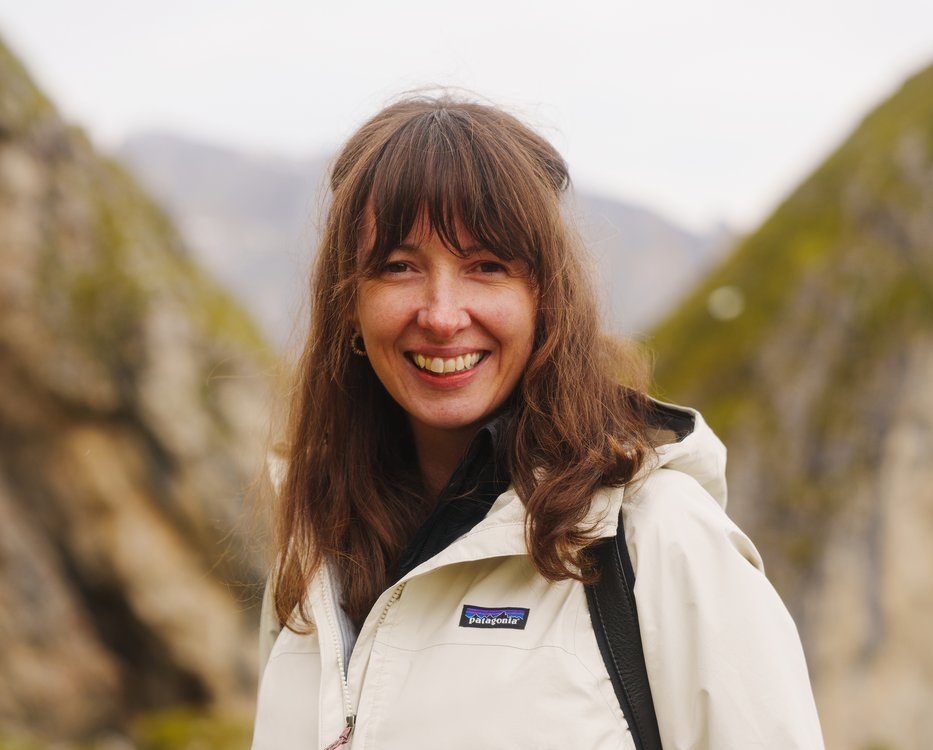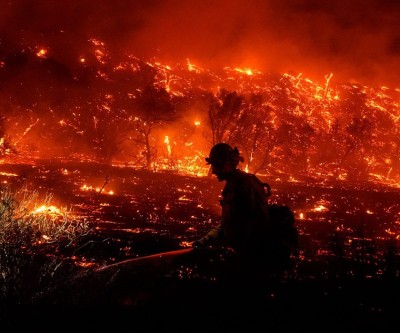Latest Ads
-
Jasmine Jewel
Call
-
Omidan group
Call
-
Amir Madanpour
Call
-
Dimo studio
Call
-
Yorkacademy
Call
-
Maryambagheri
Call
-
Shishlix Restaurant
Call

Doctors are seeing more non-smokers, especially women, with later-stage lung cancer
TORONTO – Katie Hollan, 37, is one woman who has never smoked but has been diagnosed with lung cancer. She initially thought she had asthma because her cough, which had started about a month and a half earlier, had gotten worse. Her doctor prescribed her a spray, but it didn’t help. “I couldn’t talk at work anymore, and I was in pain at night from the coughing and shaking,” Hollan says.
A chest X-ray showed a mass in her lung. Doctors initially thought it might be a blood clot, but after further tests, it was revealed that she had stage 4 lung cancer. “That was one of the most devastating moments of my life,” Hollan says. “I felt like I had been given a death sentence.”
Hollan had been healthy, active, and a nonsmoker before her diagnosis, so the diagnosis of lung cancer was a shock. She was diagnosed in Toronto in late 2020 and now lives in Victoria, where she continues to receive treatment.
Lung cancer on the rise in non-smokers
According to the Canadian Cancer Society, about a quarter of lung cancer cases in the country occur in people who have never smoked, and most of them are women. The exact reason for this difference is not yet known. “One hypothesis is that estrogen may play a role in the growth of tumors, but that’s just a hypothesis at this point,” says Jessica Moffat, vice president of the Lung Health Foundation.
Risk factors
Radon: A colorless, radioactive gas that forms from the breakdown of uranium in soil and rocks and is the leading cause of lung cancer in non-smokers, according to Health Canada. Radon is present in all homes to some extent, and it is recommended that all homes be tested for radon.
Secondhand smoke
Asbestos
Air pollution: Fine particulate matter from industrial pollution or forest smoke
Large-scale forest fires and the smoke they produce are also a serious concern and are being studied for their link to lung cancer, Moffat adds.
Dr. Rosalyn Juergens, a cancer specialist at McMaster University and president of the Canadian Lung Cancer Society, says living in areas with high levels of pollution increases the risk of lung cancer. She emphasizes that over the past two decades, she has seen an increase in the number of non-smokers, especially women, who come to her office. Many of these patients have advanced stages of cancer when they come to her office, and public awareness that lung cancer is an important issue for women is very low.
Screening challenges
Organized lung cancer screening programs in British Columbia, Ontario and Nova Scotia are set to begin in 2022, but they only target smokers. Nonsmokers are therefore deprived of early detection. “The symptoms of lung cancer are usually very subtle; the lungs have no pain nerves, and unlike other tumors in the body, the patient does not feel anything,” says Dr. Juergens.
Hope for new treatments
Since the 1990s, lung cancer treatment has advanced significantly. Precision medicine allows doctors to identify the exact type of cancer and choose the right treatment.
A prominent example is Katie Holan. Her life expectancy was initially estimated at six months, but when a specific genetic mutation (ALK) was discovered in her tumor, she was able to receive a targeted drug. This mutation is found in only about 4% of patients, but for her it was like “winning the lottery.”
Holan has been cured for almost five years after her diagnosis, without the need for chemotherapy and taking only one pill a day, and now lives a healthy and hopeful life.
He now works with the Lung Health Foundation to provide equal access to targeted drugs for patients across Canada, as well as to raise public awareness about lung cancer. “The common perception is that only smokers get lung cancer, but anyone with lungs can get it,” says Hollan.
News source
Suggested Content
Latest Blog
Login first to rate.
Express your opinion
Login first to submit a comment.
No comments yet.


































